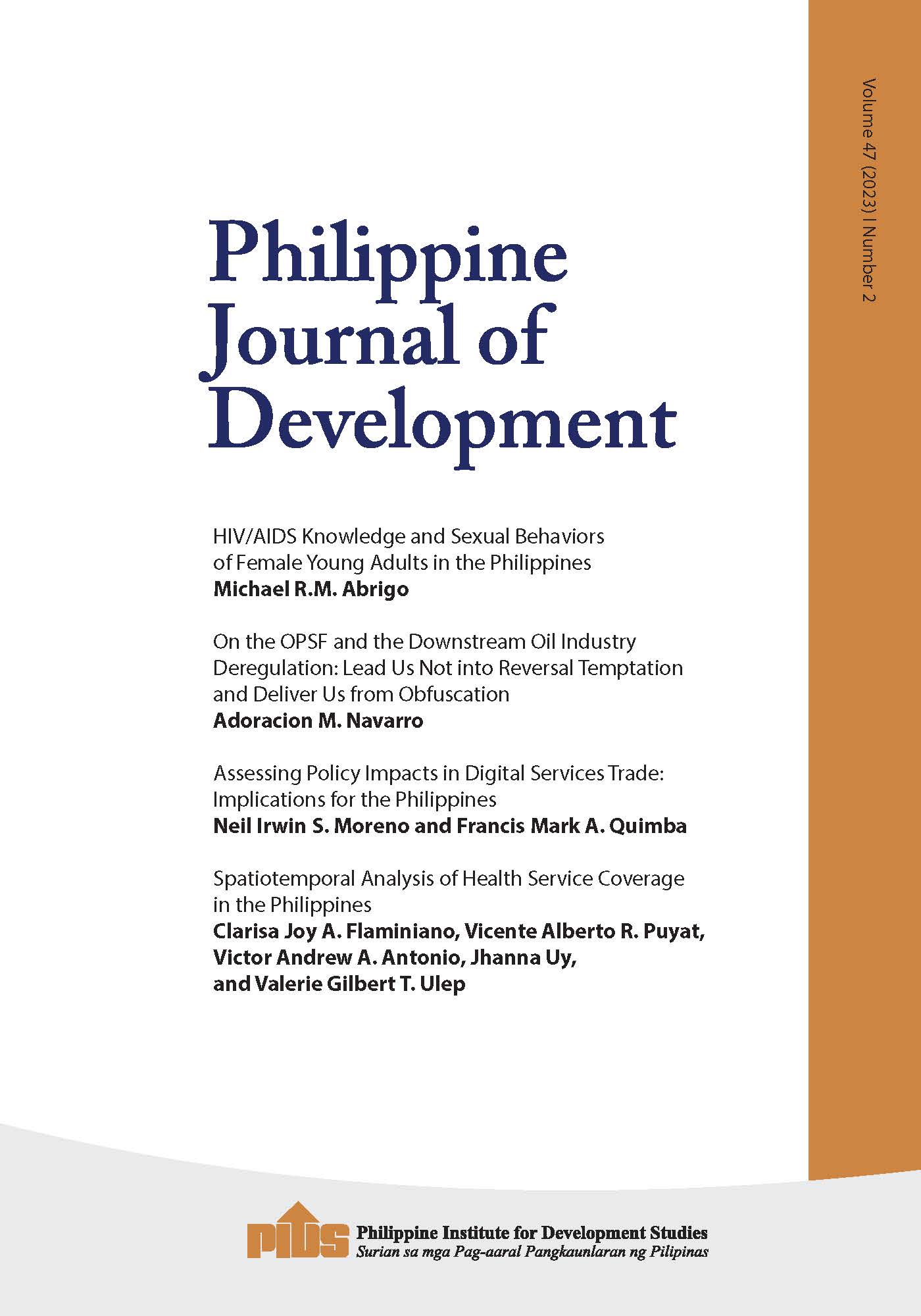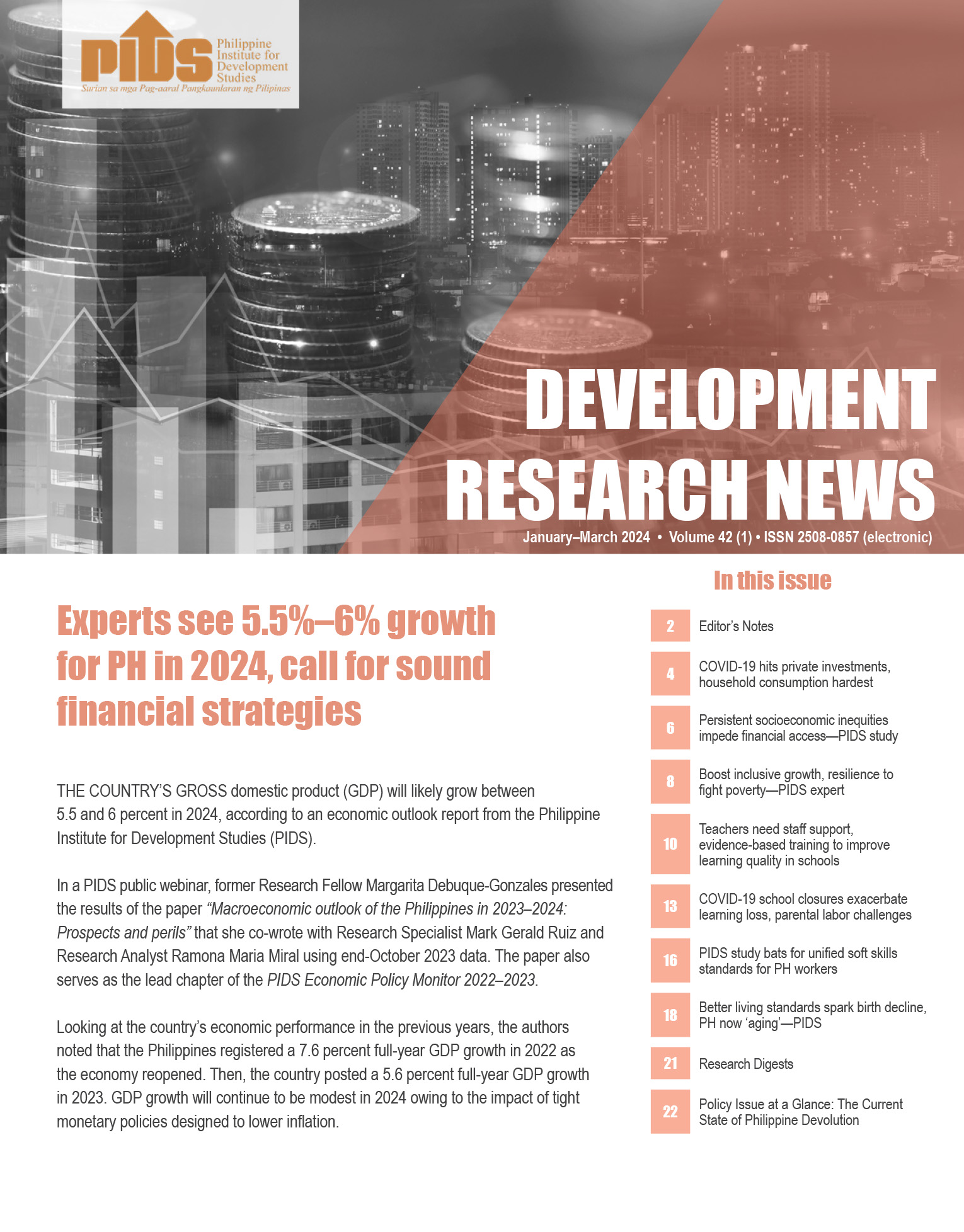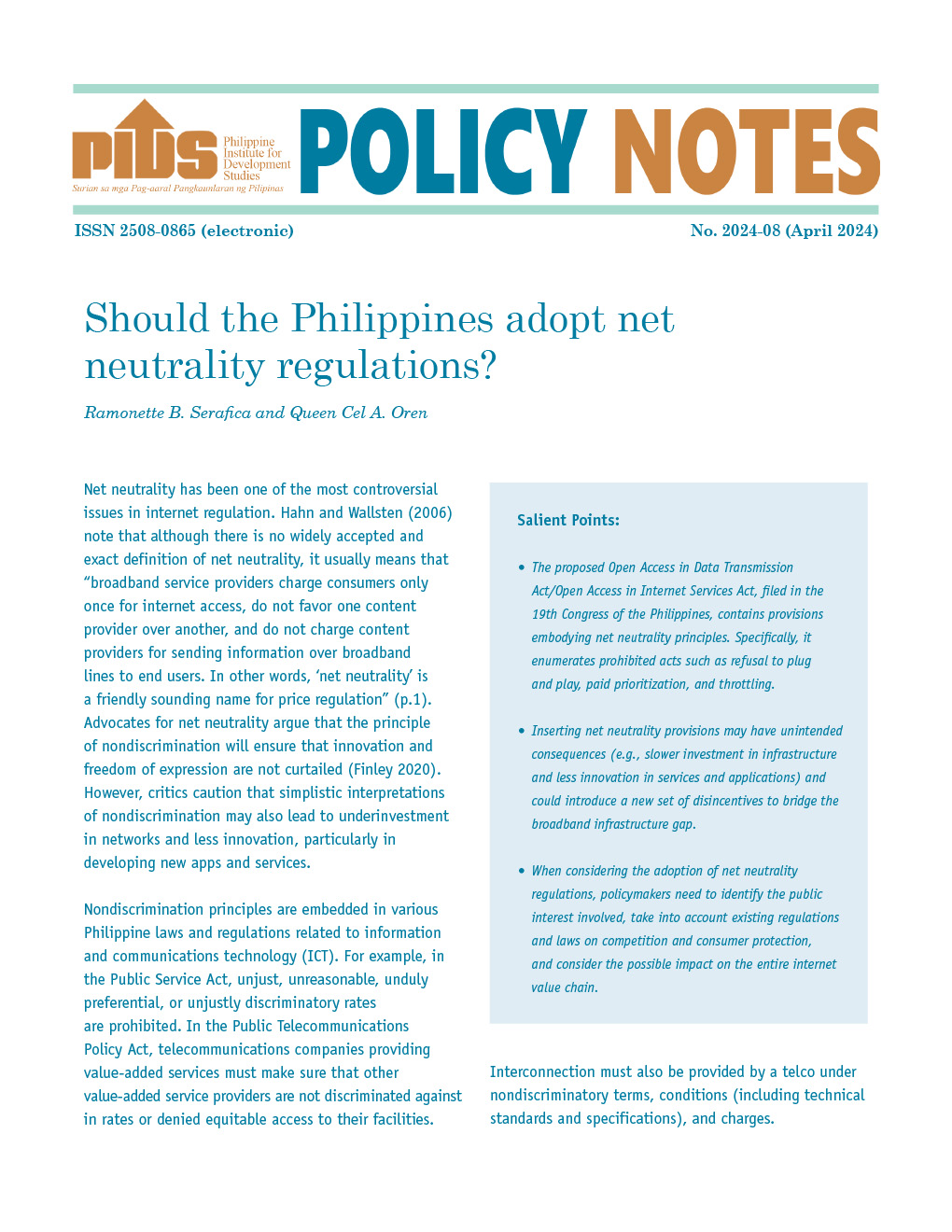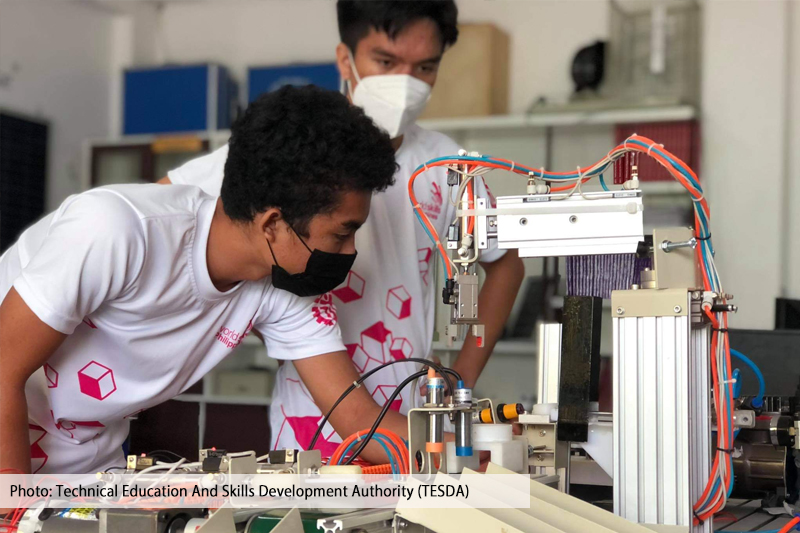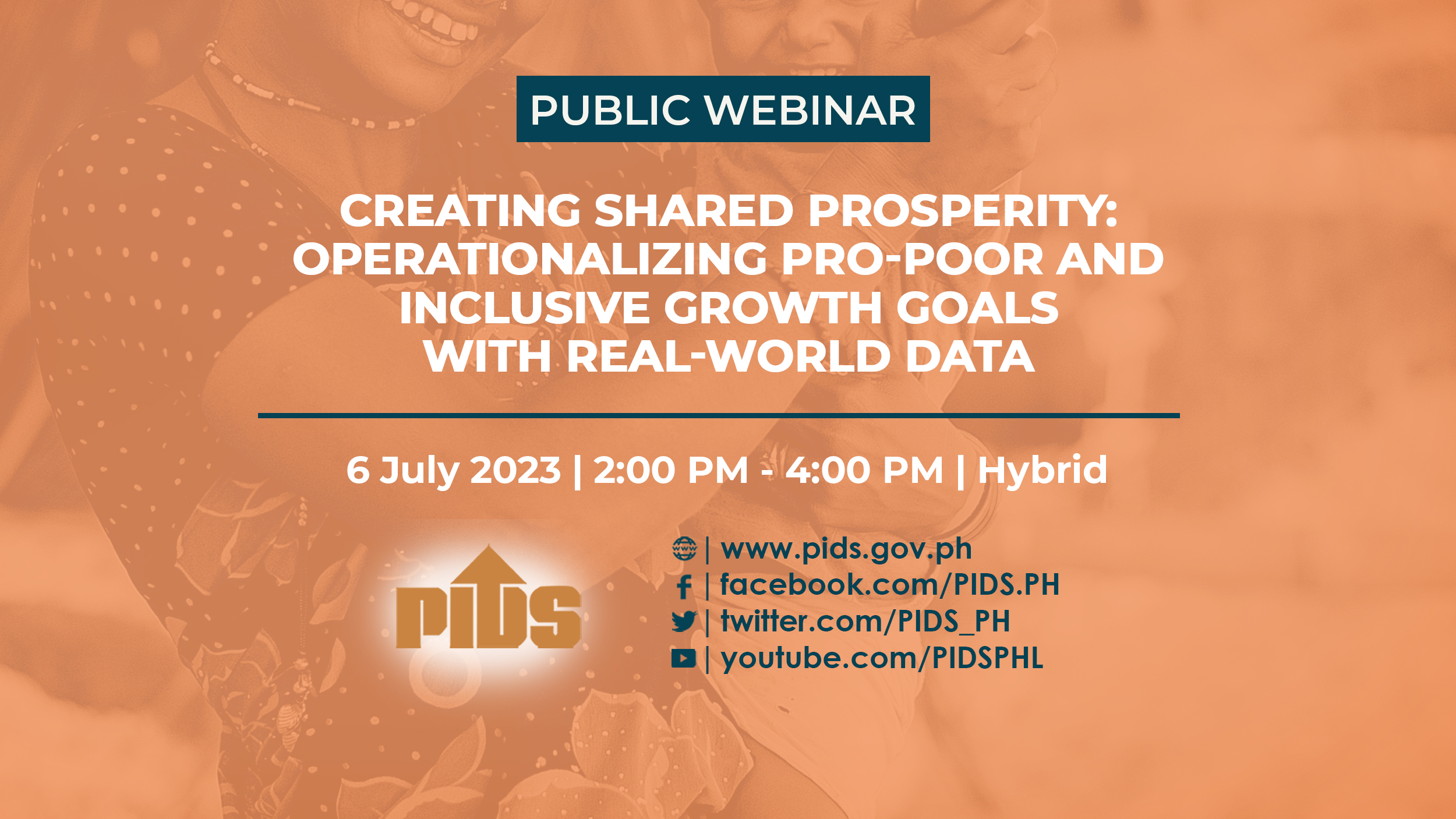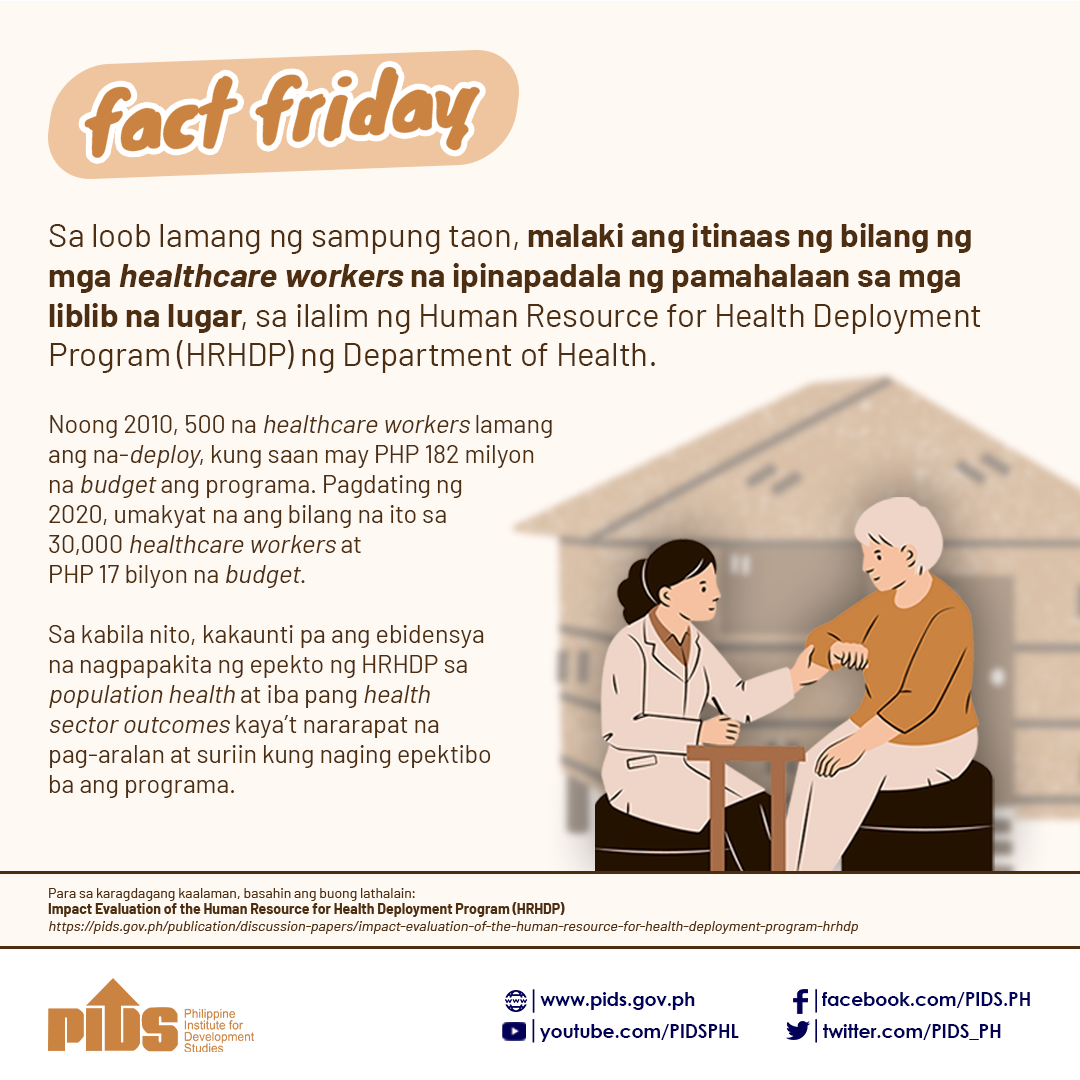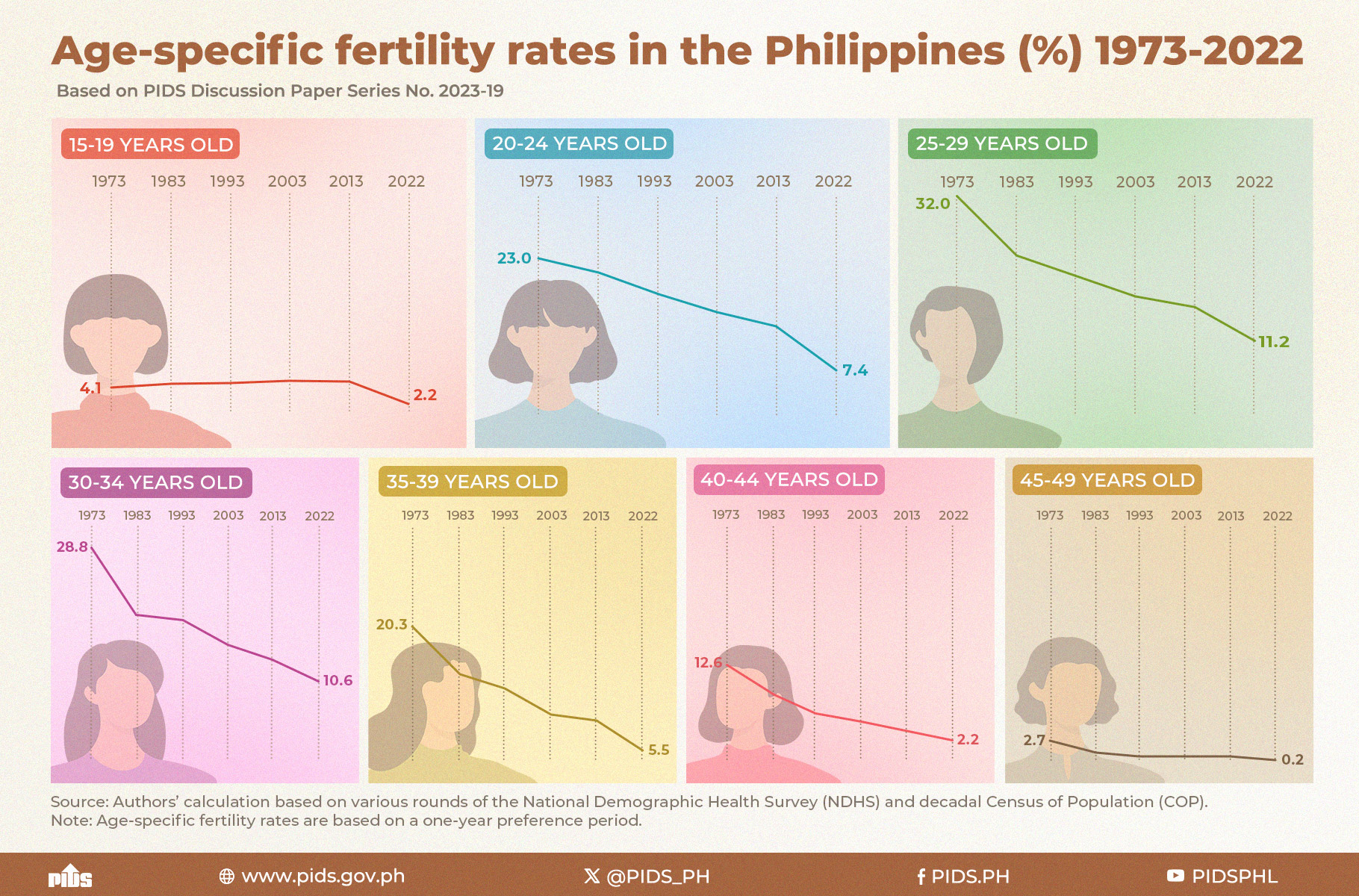The lack of urban-population data in the Philippines is making it difficult to implement solutions to problems brought about by high population.
In an interview with the BusinessMirror at the sidelines of the World Population Day news conference on Wednesday, Commission on Population (Popcom) Deputy Executive Director Rosalinda D. Marcelino said apart from investments from the national government, local government units (LGUs) must also invest in statistics.
"Right now, LGUs lack the capacity [to address urbanization]. For one, they do not have data. Migrants are coming into their area, but they [LGUs] do not have data. They lack data, because who will generate the data? Even the census, which is done every 10 years, does not have data on migrants,” Marcelino said.
"The challenge to local governments is to be able to generate their own database. Without it, they cannot plan; they will not be able to plan effectively and responsibly if they don’t know where the migrants are, or know if these migrants are young, old, productive. Data are important in their planning so they will be able to address urbanization challenges,” she stressed.
Marcelino said only a few cities have invested in data, particularly the use of Community-Based Monitoring Systems (CBMS), which provides data on the number of residents and households, as well as the other pertinent statistics, such as age, gender, educational attainment, and so forth.
The CBMS is one of the tools developed in the early 1990s under the Micro Impacts of Macroeconomic Adjustment Policies Project-Philippines that seek to provide policy-makers and program implementers with a good information base for tracking the impacts of macroeconomic reforms and various policy shocks
The system can be particularly useful in monitoring and mapping poverty, formulating local development plans, improving local governance and localizing the Millennium Development Goals.
However, Marcelino said not all municipalities can afford to use the CBMS due to lack of funding and manpower needed for the system to work.
She said while cities like Pasay City was able to institute the CBMS, not all municipalities are as lucky. She said for one, new computer systems are needed to use the CBMS and knowledgeable manpower who can help in the generation and updating of the data.
"There are major challenges. [This is why] the government must focus on urbanization. When migration increases, people from rural [areas] going to the cities, the result is high urbanization rate,” Marcelino said.
"One [challenges] is the provision of the appropriate services to the increasing population who are usually migrants. Services in health, services in education, shelter, food, water and other problems [like] traffic, pollution, these are existing realities in urban areas and this is where the challenge of the government is,” she explained.
In 2009 CBMS Network Leader and Senior Research Fellow at the Philippine Institute for Development Studies Dr. Celia Reyes said 59 provinces covering 17,244 barangays in 667 municipalities and 41 cities in the country are already using the system.
She said the CBMS can minimize leakage and wastage of these resources by using sector-specific indicators generated by CBMS in identifying eligible beneficiaries. For instance, households with malnourished children should be the beneficiaries of supplemental feeding programs.
Reyes explained that the CBMS has 14 composite indicators that combine the different indicators using statistical techniques that can be used to rank the poorest households in the barangay or municipality. //
Lack of data makes it hard to address population ills
BusinessMirror
Cai U. Ordinario

